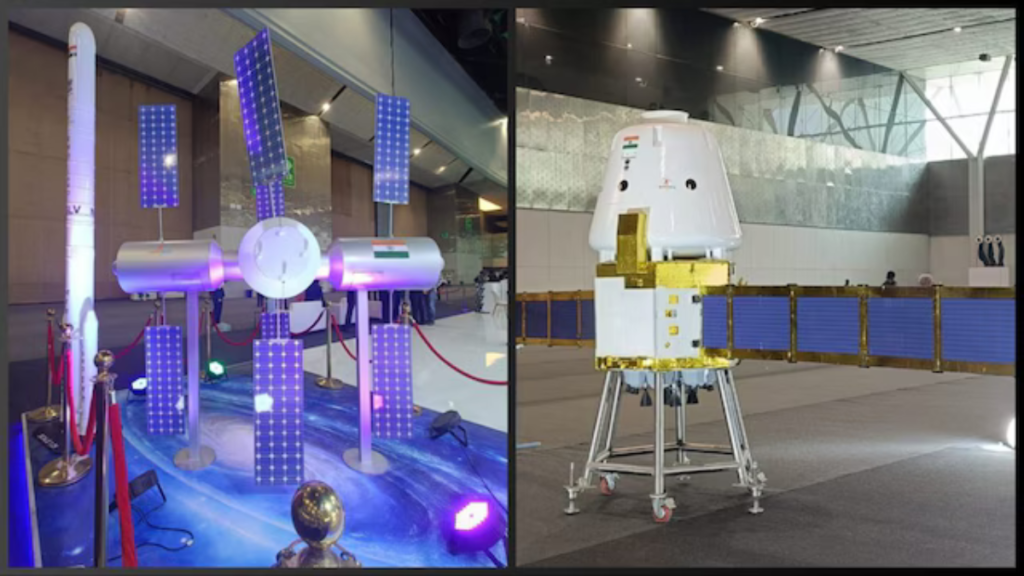Space Labs will soon be established in 100 Eklavya Model Residential Schools (EMRS) across India to inspire tribal students to dream big and explore careers in space science and technology. Launched by the Ministry of Tribal Affairs and fully supported by Corporate Social Responsibility (CSR) contributions, this initiative aims to offer hands-on learning experiences to students in remote areas, bridging educational gaps and encouraging interest in STEM fields.
The initiative covers 477 EMRS institutions across 26 states and Union Territories, with major rollouts planned in Chhattisgarh (75), Madhya Pradesh (63), Jharkhand (53), Odisha (47), Gujarat (38), Maharashtra (37), and Rajasthan (30). First introduced in 1997-98 to provide quality residential education to tribal communities, EMRS schools will now also serve as launchpads for space learning.

Hands-On Experience with Space Science Tools
Each of the upcoming space labs will be equipped with a star-tracker telescope, demonstrative models of ISRO’s launch vehicles such as the LVM Mk3 and PSLV, as well as models of earth observation satellites like GSAT and IRNSS. Additionally, students will have access to specially curated space science books and learning kits that aim to make scientific exploration more interactive and engaging.
The core idea is to introduce children to space science through real-world models and immersive experiences that go beyond textbooks. These labs will encourage curiosity and provide foundational knowledge to those who may wish to pursue higher education or careers in science, technology, engineering, and mathematics (STEM).
Ensuring Quality Through ISRO-Recognised Space Tutors
To ensure accuracy and credibility, only ISRO-recognised ‘space tutor’ organisations will be allowed to implement the labs. These partners will be responsible for installing the materials, training school staff, and ensuring scientific content aligns with national standards. The Ministry of Tribal Affairs has already issued a tender through the National Scheduled Tribes Finance and Development Corporation (NSTFDC) on June 20, inviting agencies to apply by July 10.
Only experienced agencies — those operating for at least five years — will be considered. These organisations will not only handle procurement but will also support outreach, CSR branding, and promotional content such as short films, educational visuals, and coffee table books.
A National Movement in Tune with India’s Space Goals
The launch of space labs comes at a time when India’s space sector is gaining international attention. Following ISRO’s historic Chandrayaan-3 moon landing in 2023, India is now preparing for the Chandrayaan-4 mission, focused on returning lunar samples. Plans are also in place for the Bharatiya Antariksh Station by 2035, and the ambitious Gaganyaan mission — India’s first human spaceflight — is expected to launch in 2027.
Group Captain Shubhanshu Shukla, one of the astronauts selected for Axiom Mission-4 to the International Space Station (ISS), is expected to interact with students from space. His story will likely inspire countless young minds across these tribal schools, proving that even the most distant dreams are within reach.
CSR at the Heart of the Project
The entire project is CSR-driven, reflecting a strong public-private partnership aimed at improving education for underserved communities. Implementing agencies will play a key role in securing additional CSR support, ensuring the long-term sustainability and expansion of the programme. Their efforts will also include creating educational and promotional content to amplify the impact of the initiative.
Conclusion: From Tribal Classrooms to the Cosmos
By setting up space labs in EMRS institutions, the government is taking a bold and inclusive step toward educational equity and scientific empowerment. This initiative brings the wonders of space into classrooms that were once disconnected from such resources. For the students of these 477 schools, the message is loud and clear — the sky is no longer the limit.
ALSO READ
Yogandhra Unites 60 Lakh Students Across Andhra Schools
WACE Curriculum Brings Global Education Standards to Indian Schools
A decade after NALSA, trans students still await inclusion on Indian campuses